Outsourcing solves a lot of problems nowadays, especially since it costs companies a lot less money than if they found a solution to their problems locally. In this context, why not oursource your fitness stats to a qualified trainer?
That is exactly what the developers of the GOQii fitness tracker are planning to do with their device. Unlike other wearable tech companies who sell their fitness trackers at a sometimes steep price, the manufacturers of GOQii are willing to offer this device for free to anyone interested. In a strategy similar to Amazon’s, this company doesn’t want to make money from its physical products, but from the services that go with it.
Gaming entrepreneur and GOQii founder Vishal Gondal demonstrated how the fitness tracker works using Swapnil, a personal trainer based in Mumbai, India. One morning, Swapnil asked Gondal how he slept, and the the answer didn’t quite characterize someone focusing on fitness: “Feeling tired. Should I get a Red Bull?” Swapnil suggested against that, while also recommending Gondal to try some natural carrot juice with a shot of ginger instead. Swapnil’s last question, “Did you get time for a run?” is nearly rhetorical, as the Indian personal trainer already knows that Gondal hasn’t taken too many steps that day.
Future users of the GOQii fitness tracker should rest assured, as their GPS data is not visible to the personal trainer, despite being collected by the device itself. That’d be something like stalking, and there are plenty of other methods out there to do that.
Gondal finally admits the truth: “I haven’t run so I haven’t replied to the message. This is playing in my mind that I have to reply. Ok, I’ll tell him now.” Using the GOQii app on his Windows Phone Nokia, Gondal replies to his personal trainer: “Yes. Running tomorrow for sure.”
The founder of the company is also very optimistic about where this fitness tracker and service is heading: “In the future we’re going to have a tsunami of personal data coming up. We’re creating a new breed of professionals whose job is to decipher human data and guide people.”
As said before, GOQii is looking to raise money from the service, rather than from the device, so it offers 6 months of daily personal training for $99 with each free device that they offer. The number of personal trainers will surely raise from the current 50, and hopefully, so will the number of subscribers.
Be social! Follow Walyou on Facebook and Twitter, and read more related stories about the Samsung Gear Fit and Voyce, a fitness tracker for dogs.
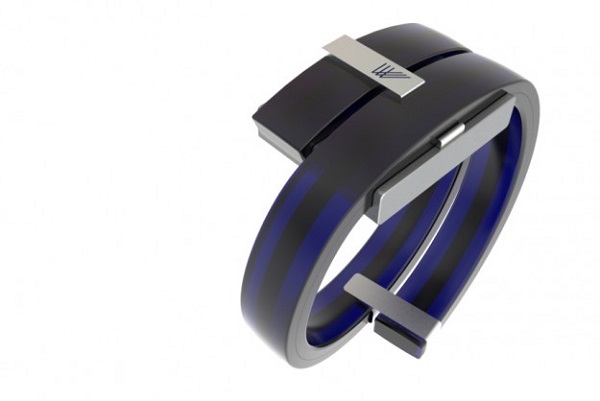
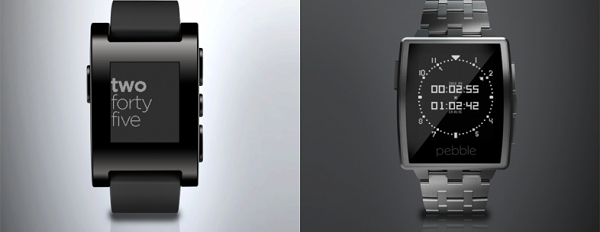
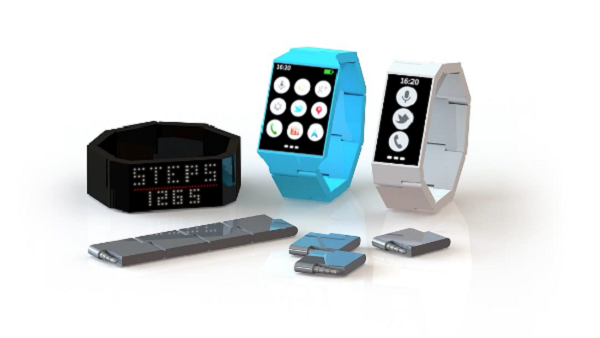
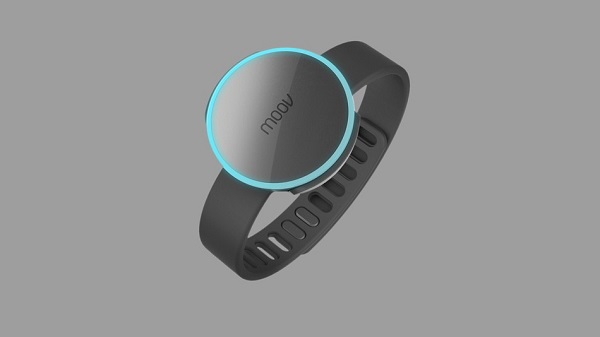
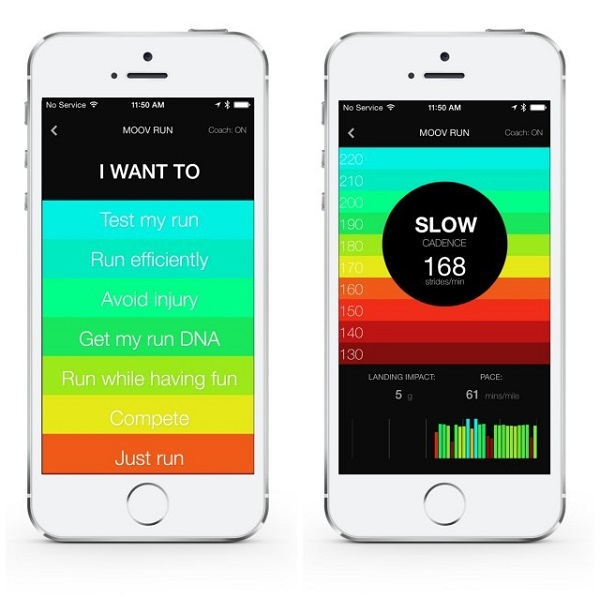
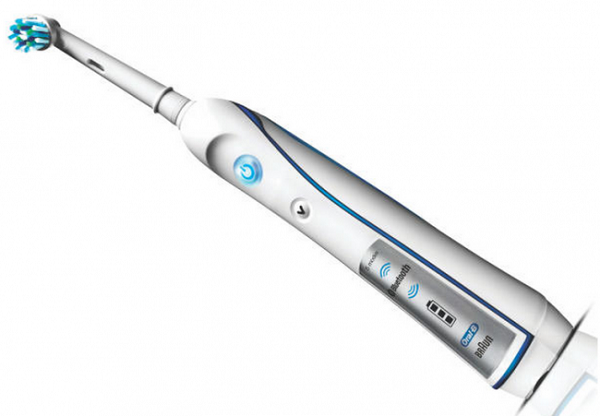
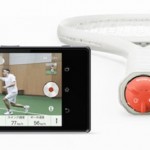 The white sport seems to have caught the attention of tech companies this year, as more and more of them …
The white sport seems to have caught the attention of tech companies this year, as more and more of them …